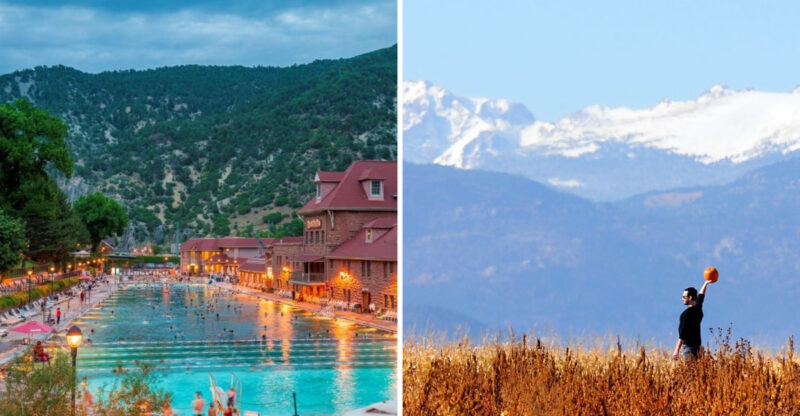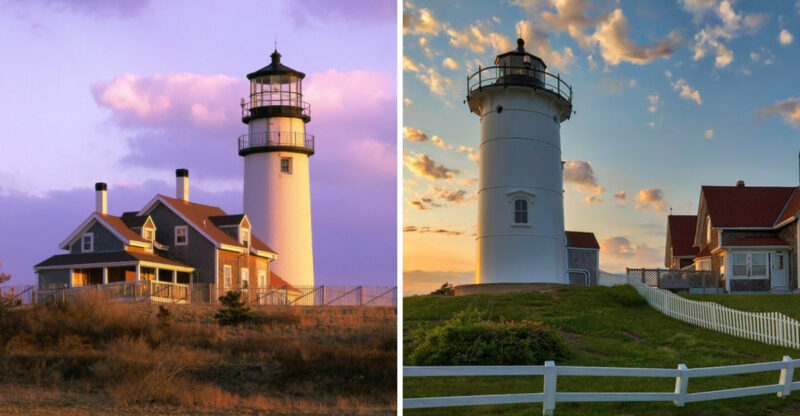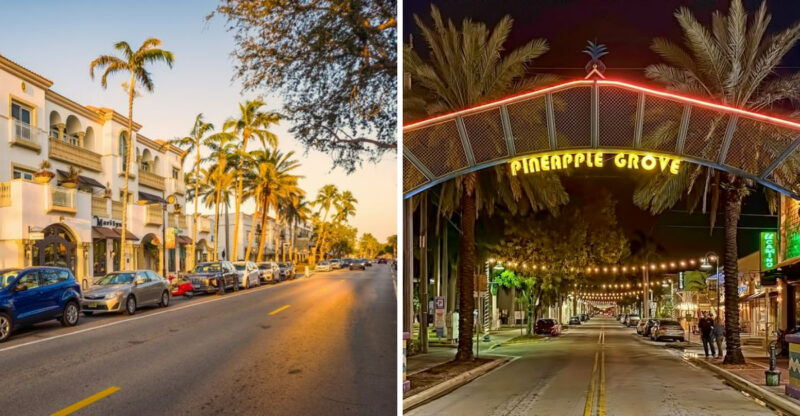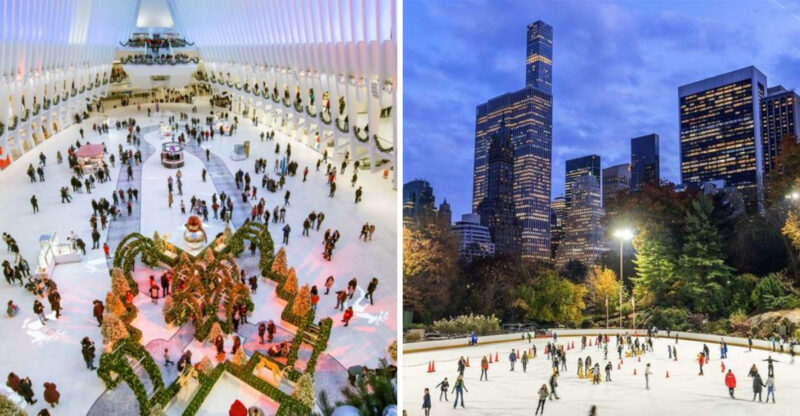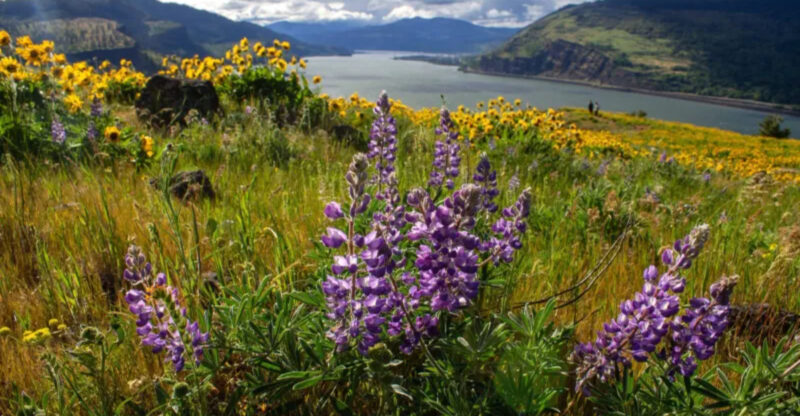15 Hidden Colorado Lakes Locals Would Rather Keep To Themselves
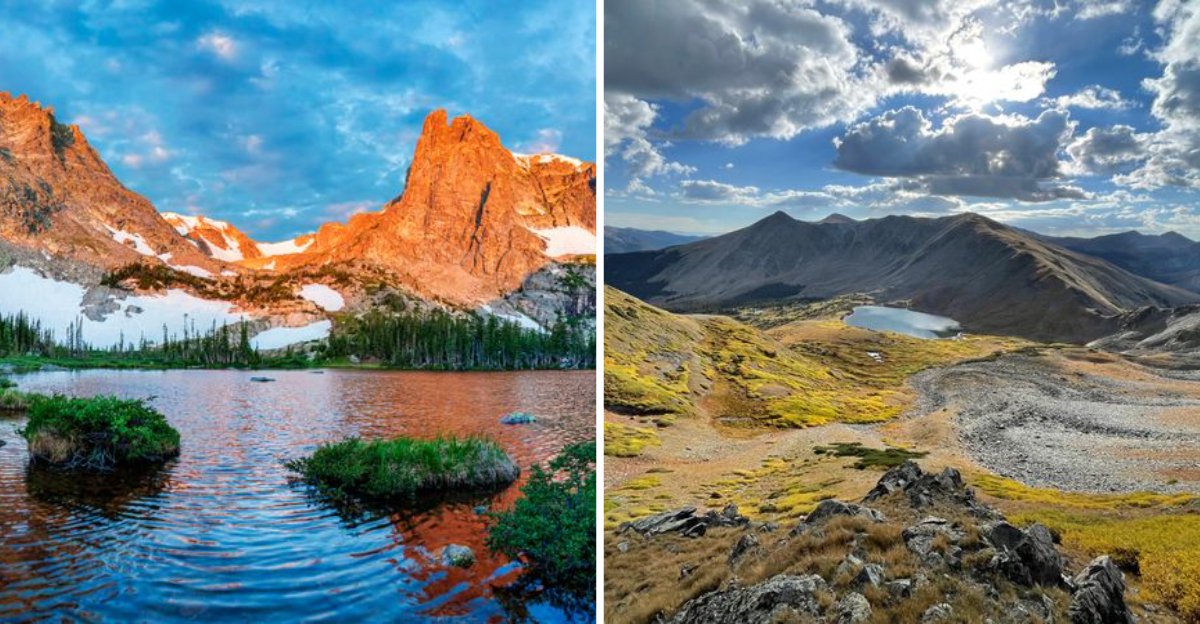
Colorado is famous for its majestic mountains and ski resorts, but tucked away in those peaks are secret lakes that most tourists never find.
I’m talking about pristine alpine waters where you can actually hear yourself think, far from the crowded trails and parking lot chaos. Locals have been guarding these spots like precious treasures, and honestly, I can’t blame them.
If you’re ready to trade Instagram-famous destinations for real adventure and solitude, these hidden gems will blow your mind.
1. Lost Lake
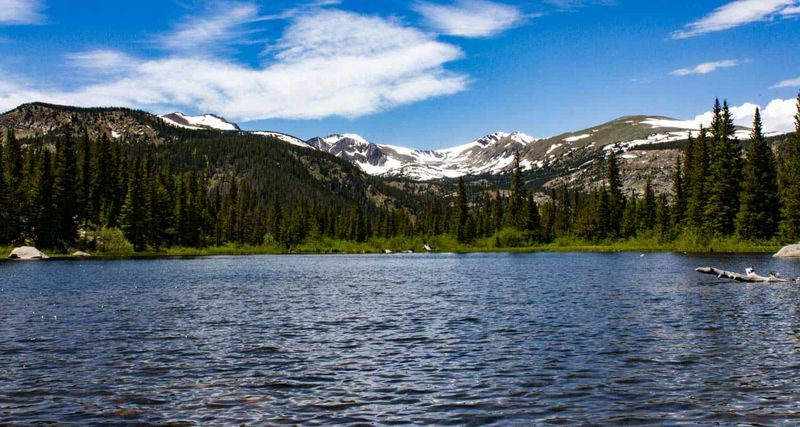
It’s tucked away near the Indian Peaks Wilderness, and getting there requires a moderate hike that keeps the crowds thin. The trail winds through dense forests before opening up to reveal this stunning alpine gem with water so clear you can see straight to the bottom.
I love how peaceful it feels here, especially on weekday mornings when you might have the entire shoreline to yourself. Wildflowers bloom like crazy in July and August, painting the meadows around the lake in brilliant purples and yellows.
Bring your fishing rod because the brook trout here are plentiful and surprisingly feisty. Just remember to pack out everything you bring in, since locals work hard to keep this place pristine and untouched by heavy tourism traffic.
2. Crater Lake
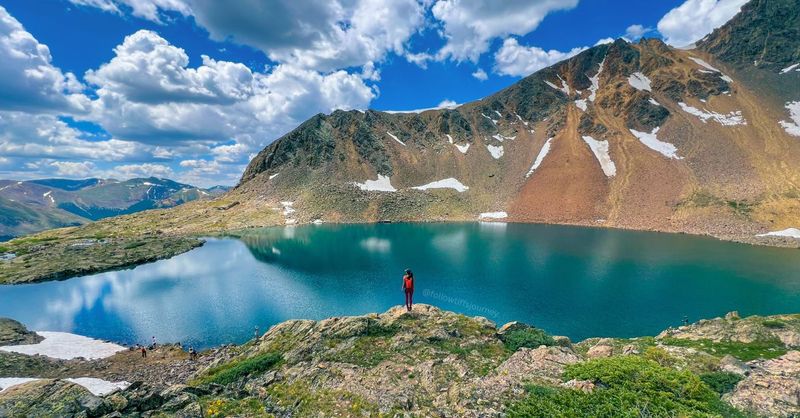
When you first see this lake cradled in a volcanic-looking basin, your jaw will drop. The water glows an almost unnatural turquoise color thanks to glacial minerals, and the surrounding cliffs rise dramatically on all sides. Getting here involves a challenging scramble that’s not marked on most maps, which is exactly why it stays so wonderfully empty.
I recommend starting your hike at dawn to avoid afternoon thunderstorms that roll through these high elevations quickly.
The lake sits above 11,000 feet, so take your time and let your body adjust to the thin air. Photographers absolutely love the way morning light hits those cliffs, creating shadows that dance across the water’s surface in constantly changing patterns.
3. Mohawk Lakes
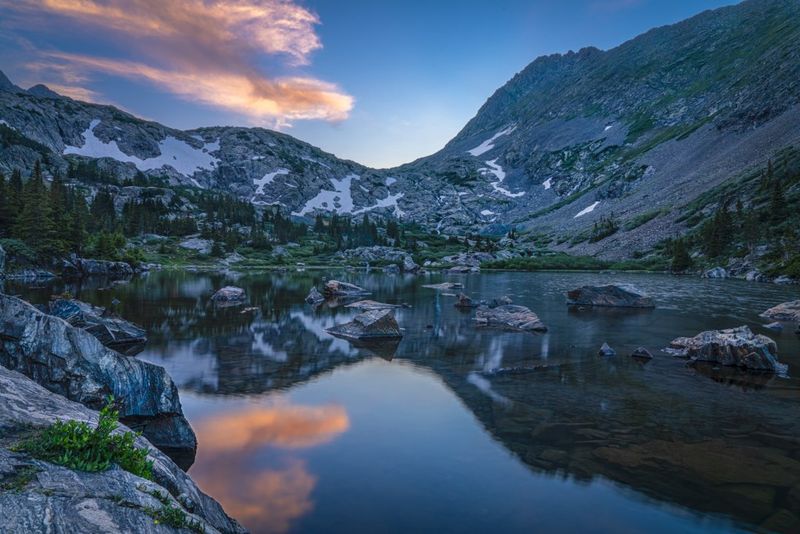
Did you know these lakes were once surrounded by bustling mining operations in the 1800s? Now nature has reclaimed the area, leaving only a few rusty relics as reminders of that industrial past. The trail passes through meadows absolutely exploding with columbines and Indian paintbrush during peak summer weeks.
There are actually three lakes here, each with its own personality and charm. The lower lake is easiest to reach and perfect for families with older kids who can handle elevation.
Upper Mohawk Lake requires more effort but rewards you with solitude and incredible reflections of the Continental Divide. I always pack extra layers because weather changes fast at this altitude, even in July.
4. Mirror Lake
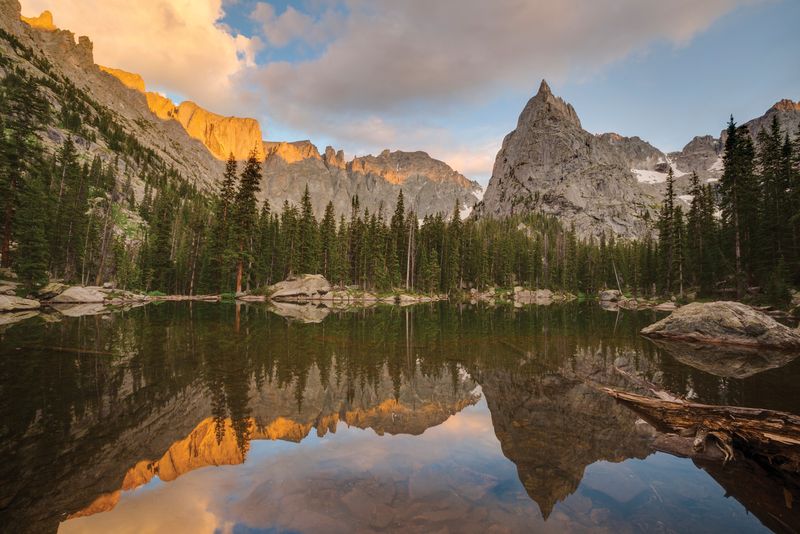
How did this lake get its name? One look at the glassy surface on a calm morning and you’ll understand immediately. The water reflects the surrounding peaks so perfectly that it’s hard to tell where reality ends and the reflection begins. I’ve spent hours here just watching the light change as the sun moves across the sky.
Access requires navigating an unmarked trail that branches off from a more popular route, so pay close attention to your navigation. The lake stays ice-cold year-round, fed by snowmelt from the surrounding cirque.
Bring a hammock and set it up between the pines for the ultimate relaxation spot. Just don’t be surprised if a curious marmot waddles over to investigate your snacks.
5. Columbine Lake
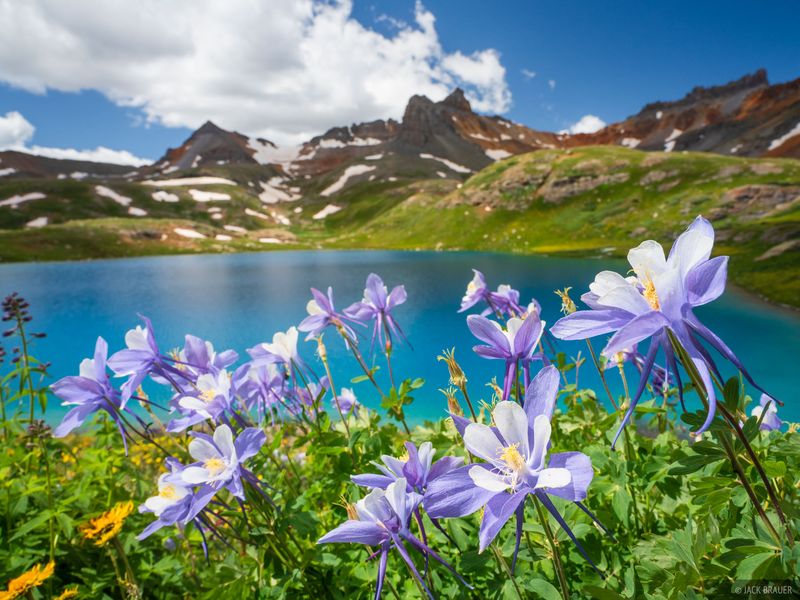
If you time your visit right in mid-July, you’ll witness an explosion of Colorado’s state flower carpeting the slopes around this gorgeous lake. The blue columbines grow so thick here that locals whisper about it like it’s a sacred secret. I’ve hiked all over Colorado, and this spot has the densest wildflower displays I’ve ever seen.
The lake itself sits in a perfect bowl surrounded by jagged peaks that protect it from harsh winds. Water temperatures barely reach fifty degrees even in August, so swimming is for the brave only.
Camping is allowed but limited to designated spots, and you’ll need to secure a permit during peak season. Sunrise here is magical, with alpenglow turning the surrounding rocks shades of pink and orange.
6. Blue Lakes
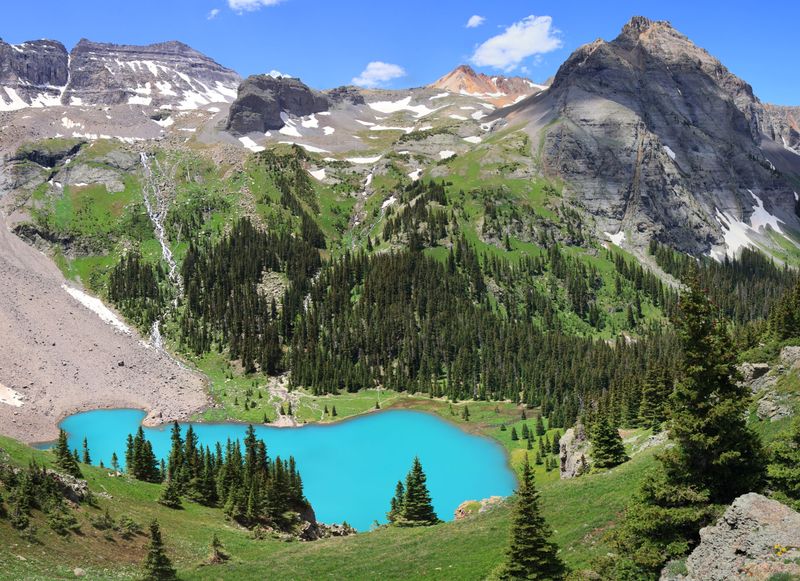
Are you ready for one of the most stunning color displays nature can offer? These interconnected lakes showcase every shade of blue imaginable, from deep sapphire to bright turquoise. The mineral content in the water creates this incredible palette that changes throughout the day as light conditions shift.
Getting here requires serious commitment with a steep, rocky trail that gains elevation quickly. I suggest bringing trekking poles because the descent can be tough on your knees. Lower Blue Lake is the most accessible, while Upper Blue Lake sits in a dramatic cirque that feels like another world entirely.
Mountain goats frequently hang out on the cliffs above, so keep your eyes peeled for these sure-footed creatures navigating impossible terrain.
7. Ptarmigan Lake
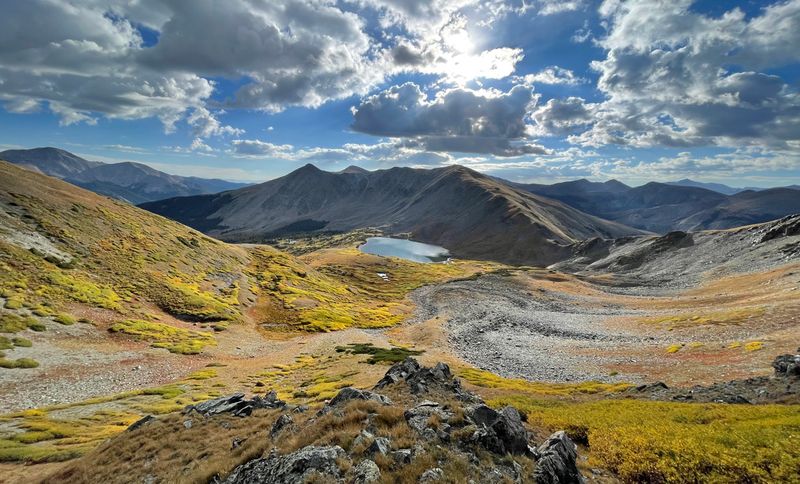
This lake sits so high above treeline that you’ll feel like you’re on top of the world. The namesake ptarmigan birds actually live here year-round, changing their plumage from brown summer feathers to white winter camouflage. Spotting one of these chicken-sized birds is a real treat and adds to the wild feeling of this remote location.
I won’t lie the hike is brutal with relentless switchbacks and thin air that makes you stop frequently. But once you crest that final ridge and see the lake sparkling below, every painful step feels worth it. The tundra around the shoreline is fragile, so stick to established paths and rock-hop when possible.
Pack warm clothes even in summer because temperatures can plummet quickly when clouds roll in.
8. Dream Lake
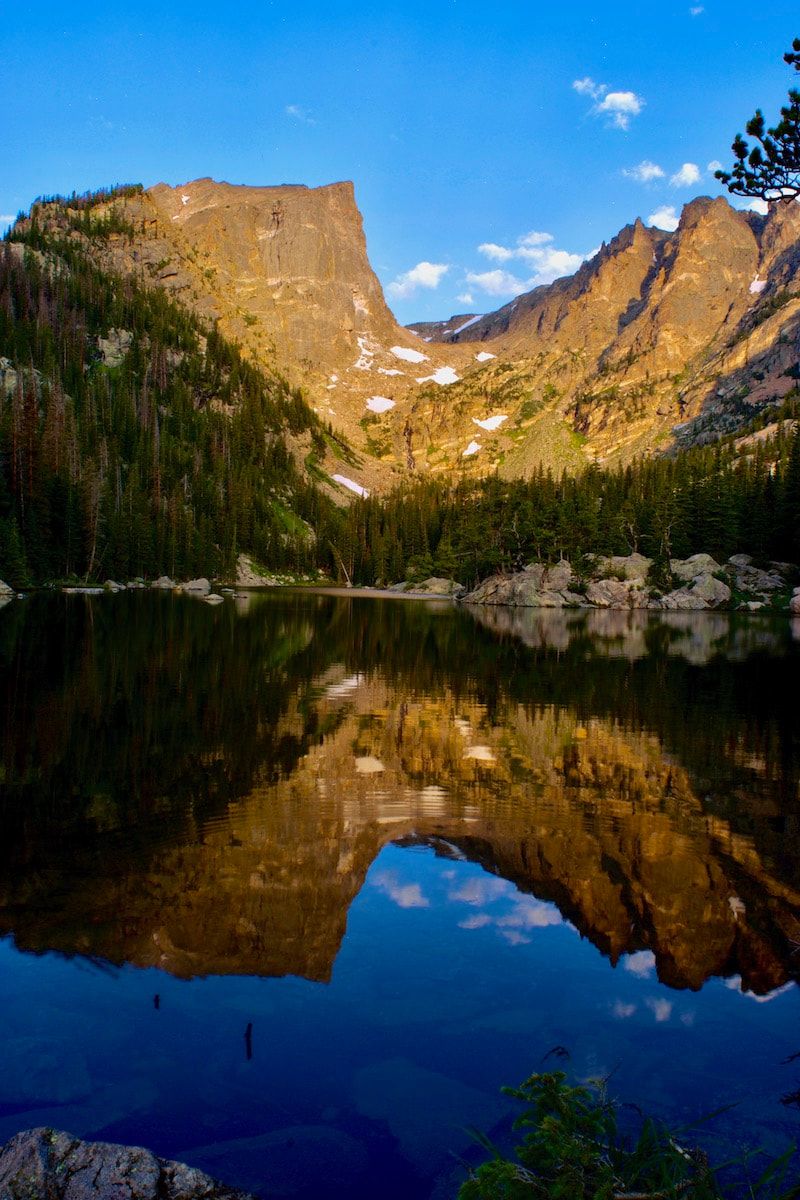
Though it shares a name with the famous Dream Lake in Rocky Mountain National Park, this hidden version sees a fraction of the visitors. Locals know it by slightly different coordinates and access it through a lesser-known trailhead that doesn’t appear on most tourist maps. The solitude you’ll find here makes it feel like your own private mountain paradise.
Hallett Peak dominates the backdrop, creating a postcard-perfect scene that begs to be photographed. I love visiting in September when the aspens turn gold and create a stunning contrast against the evergreens.
The lake is shallow enough to warm up slightly by late summer, making it one of the few alpine lakes where swimming is actually pleasant. Bring binoculars because elk often graze in the meadows nearby during dawn and dusk.
9. Jasper Lake
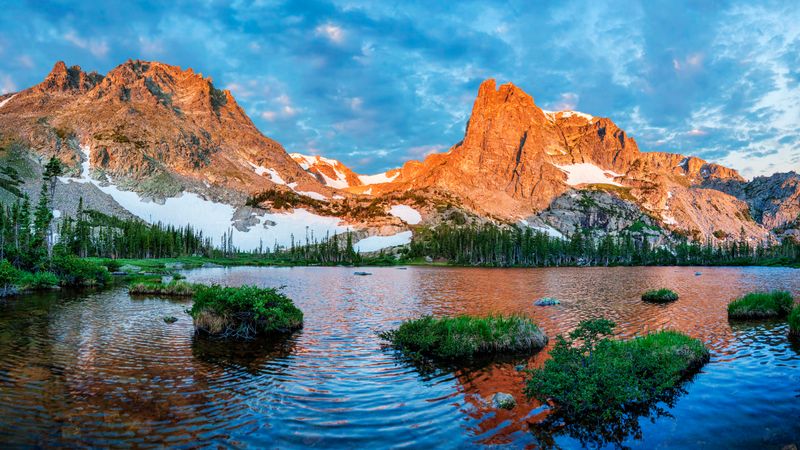
When sunlight hits the rocky cliffs surrounding this lake, they glow with streaks of red jasper that give the place its name. The geological formations here are fascinating, with layers of sedimentary rock telling stories millions of years old. I always feel like I’ve stepped into a geology textbook when I visit this incredible spot.
The trail requires crossing several streams, so waterproof boots are essential especially during spring runoff. Fish are abundant here, and I’ve had great luck with dry flies during evening hatches. The forest approach is thick with spruce and fir, creating a cathedral-like atmosphere before you emerge at the shoreline.
Consider bringing a small camp stove to brew coffee while watching the sunrise paint those jasper cliffs in brilliant morning colors.
10. Pawnee Lake
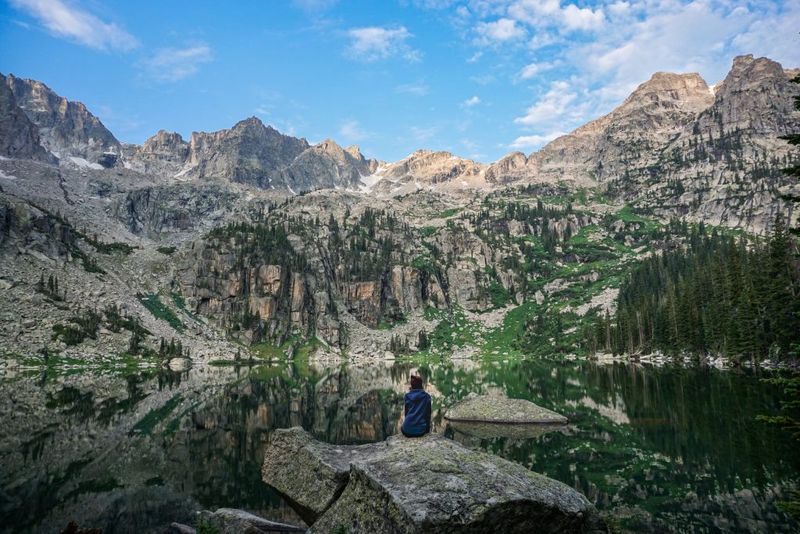
It’s overshadowed by nearby Isabelle Lake, which means you can often have this stunning spot completely to yourself. The massive rock formations surrounding the water create natural windbreaks and sunny spots perfect for lounging after your hike. I’ve camped here several times and never encountered more than two or three other groups.
Pawnee Peak towers above the lake, and adventurous types can scramble to the summit for panoramic views of the Indian Peaks Wilderness. The water is incredibly clear, and on calm days you can watch trout cruising along the bottom.
Bring a good book and spend the afternoon reading on the smooth granite slabs that line the southern shore. Mosquitoes can be fierce in July, so pack plenty of bug spray or plan your visit for August when they’ve mostly died off.
11. Navajo Lake
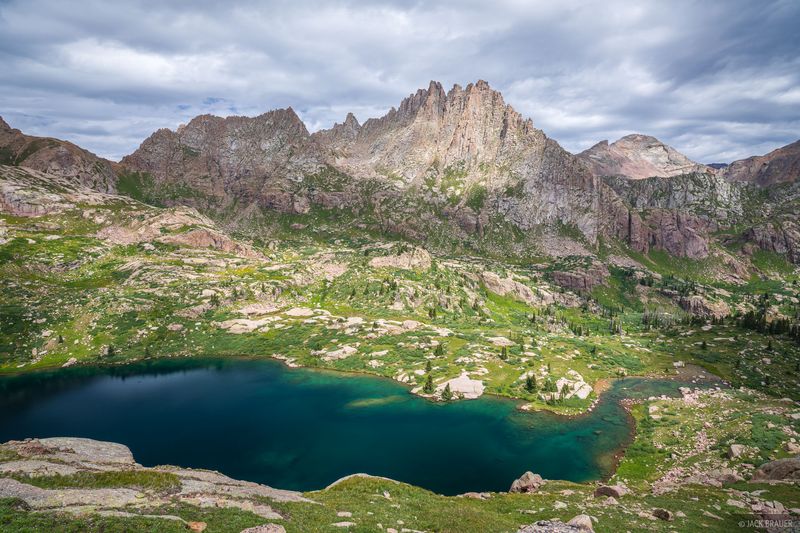
Are you up for a serious backpacking adventure? This massive lake sits deep in the Weminuche Wilderness and requires at least a full day of hiking to reach. The effort keeps crowds minimal, and the pristine wilderness experience you’ll have here is unmatched anywhere else in Colorado.
The lake is big enough that different sections offer completely different vibes and camping spots. I prefer the eastern shore where a small peninsula juts out, creating a perfect sunrise viewing platform. Fishing is excellent with healthy populations of cutthroat trout that haven’t seen much pressure.
The surrounding peaks create dramatic scenery, and you can easily spend several days exploring the area without covering everything. Remember that weather can change instantly this far into the backcountry, so bring proper gear and tell someone your plans.
12. Clayton Lake
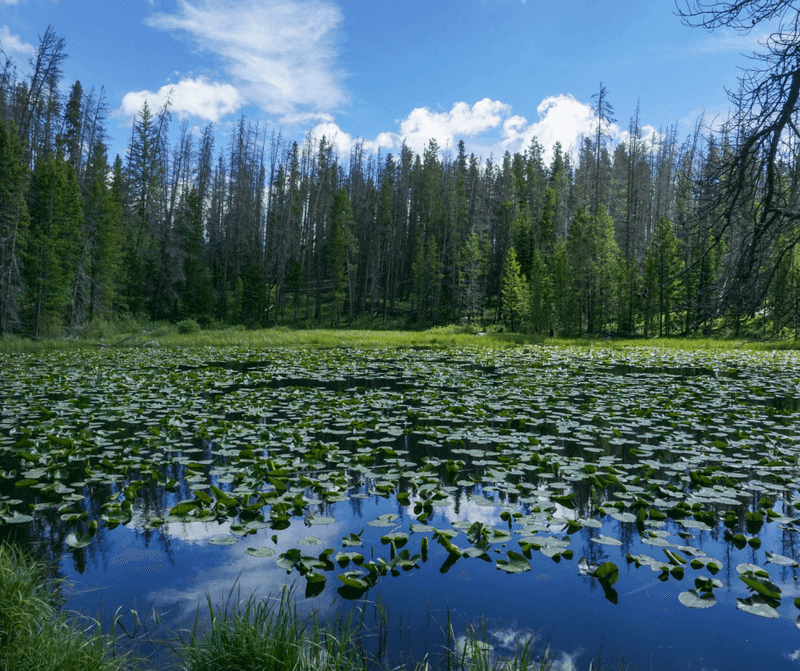
Unlike most alpine lakes that are barren and rocky, Clayton Lake features unusual aquatic vegetation including lily pads that create a unique ecosystem. The shallow sections near the inlet support plant life that attracts interesting bird species you won’t see at higher, harsher lakes. I love how different this place feels compared to typical Colorado alpine environments.
The trail is moderate and family-friendly, making it perfect for introducing kids to backcountry camping without overwhelming them. Moose frequent the willows around the lake, so keep your distance and make noise while hiking to avoid surprising them. Evening light here is spectacular as it filters through the trees and reflects off the calm water.
Pack a lightweight fishing rod because the brook trout here are eager and provide great entertainment for young anglers learning the sport.
13. Snowmass Lake
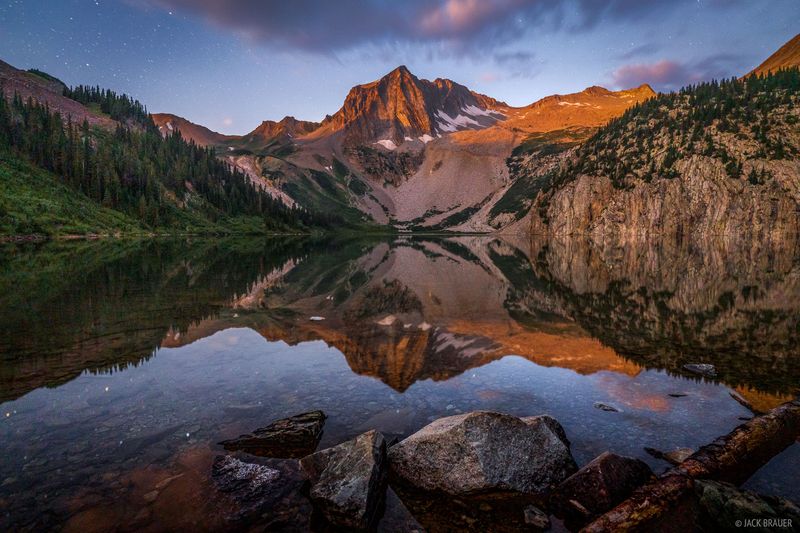
Though the Maroon Bells area is famous and crowded, this lake sits far enough back that most day-hikers never make it. The journey requires commitment, but you’re rewarded with one of Colorado’s most spectacular alpine settings. Snowmass Mountain rises dramatically above the far shore, creating a backdrop that’s hard to beat anywhere in the Rockies.
I recommend planning a multi-day trip to fully appreciate this area and explore the surrounding basin. The lake is large and deep, maintaining its turquoise color throughout the summer months. Camping spots fill up on weekends, so arrive early or visit midweek for better site selection.
Wildlife is abundant with pikas chirping from rockpiles and marmots sunbathing on boulders. The wildflower displays rival anything you’ll find in Colorado during peak bloom season.
14. Upper Cataract Lake
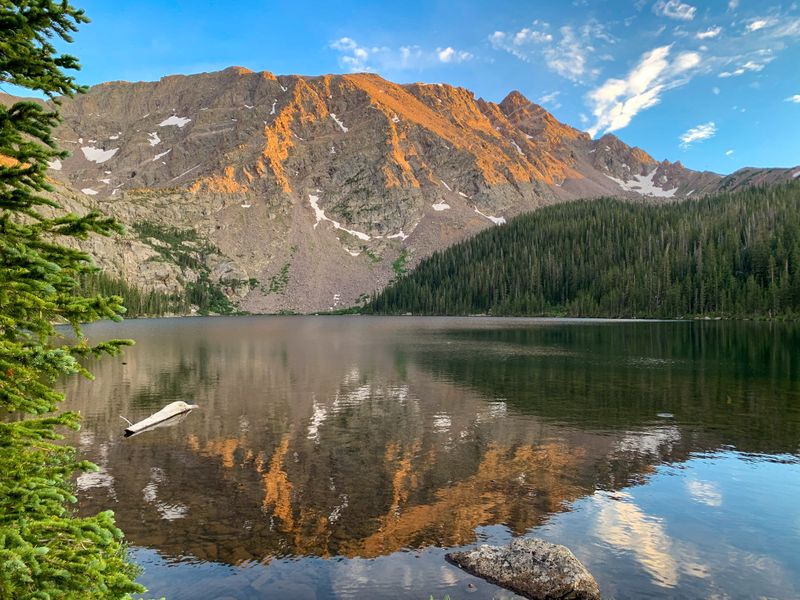
How would you like to camp next to a stunning waterfall that feeds directly into a pristine alpine lake? Upper Cataract delivers exactly that experience in the Eagles Nest Wilderness. The cascading water creates a constant soothing soundtrack that makes this one of my favorite places to escape and recharge.
The trail is steep and rocky in sections, requiring good fitness and sturdy boots. Most people stop at Lower Cataract Lake, which means you’ll likely have the upper lake mostly to yourself. The water is incredibly cold even in late summer, fed directly by snowfields that persist year-round in sheltered areas.
Bring a camp chair and position it where you can watch the waterfall while enjoying your morning coffee. The fishing is decent, though the constant water noise makes stealth less important than in quieter lakes.
15. Timberline Lake
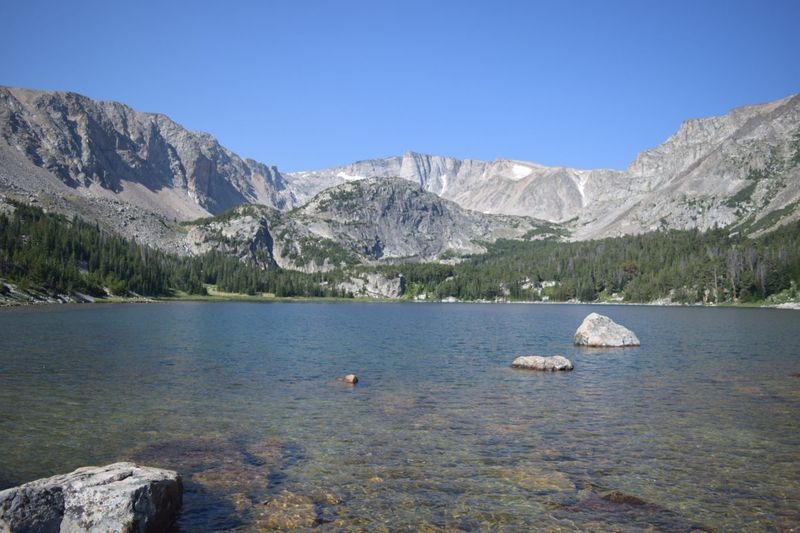
It sits right at the transition zone where trees become sparse and tundra takes over, creating a unique landscape that’s part forest and part alpine. The scattered pines provide just enough shelter for comfortable camping while still offering expansive views of the surrounding peaks. I find this ecological transition zone endlessly fascinating to explore and photograph.
The trail is moderate but long, requiring an early start to reach the lake with enough daylight for setting up camp. Wildflowers are exceptional here because the slightly lower elevation extends the growing season compared to higher lakes.
Bring layers because temperatures can vary dramatically between sunny and shaded areas. The lake itself is medium-sized with a rocky bottom perfect for wading on warm afternoons. Keep an eye out for pine martens in the scattered trees around camp.

